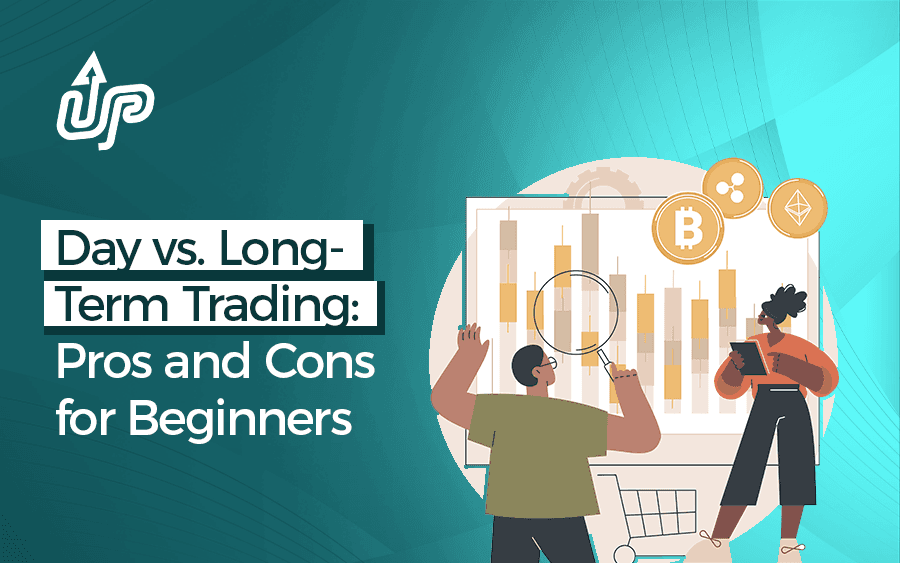Insights for the Nepalese Stock Market
Stay informed with the latest news and analysis from the Nepalese stock market.
Our Trending Article [3]
How Promoters Benefit From IPOs The Hidden Side of Public Offerings Explained
Learn how promoters benefit from IPOs, how they raise capital, reduce risk, expand business, and use public money for long-term growth.

Dividends Provide Steady Income Even During Market Downturns
Dividends offer stable income even when markets fall. Learn why dividend paying stocks protect investors during downturns and build long-term wealth.

Time in the Market Is More Important Than Timing the Market
Long-term investing beats market timing. Staying invested consistently creates wealth through compounding, stability, and steady growth.

How to Select the Best IPOs A Complete Guide for Smart Investors
Learn how to select the best IPOs using financial analysis, credit rating, sector potential, valuation, and long-term growth indicators.

IPO Listing Gains vs Long-Term Gains Which One Is Better for Investors?
Learn the difference between IPO listing gains and long-term gains. Understand which strategy suits beginners, risk levels, and how to maximize profits.

IPO vs Secondary Market Which Is Better for Beginners? A Complete Comparison
Learn the difference between IPO and secondary market investing. Understand risks, returns, benefits, and which option is better for beginner investors.

Understanding IPOs and Why Investors Rush to Apply A Complete Guide for Beginners
Learn why IPOs attract huge investor interest, how they work, who should invest, and how to analyze IPOs smartly before applying.

How to Build a Winning Investment Strategy That Works for Every Market Condition
Learn how to build a winning investment strategy using proven methods, portfolio planning, risk control, and long-term wealth principles.

The Role of Diversification in Investing How to Protect and Grow Your Wealth Smartly
Learn the importance of diversification in investing, how it reduces risk, improves returns, and helps you build a balanced, safe, and profitable portfolio.

Long-Term Wealth Creation Through Stocks A Proven Path to Financial Freedom
Learn how to build long-term wealth through stocks with smart strategies, compounding, disciplined investing, and choosing the right companies.

When to Buy and When to Sell a Stock A Complete Guide for Smart Investors
Learn exactly when to buy and when to sell a stock using fundamentals, technicals, valuation, and market psychology — perfect for beginners and long-term investors.

How to Analyze a Company Before Investing A Simple and Complete Beginner’s Guide
Learn how to analyze a company before investing using fundamentals, financial ratios, management quality, industry position, and long-term potential.
